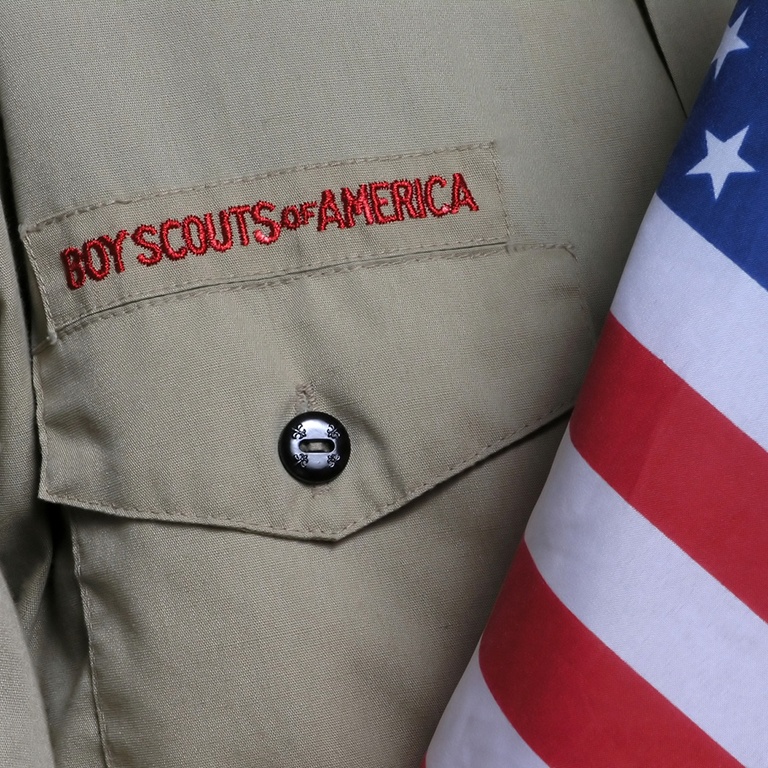Managing volunteers is a difficult undertaking. Not only are volunteers motivated differently than paid employees, but given the absence of a contract, volunteers “vote with their feet” and leave organizations when they are dissatisfied.
To survive and thrive, nonprofits have to adapt structurally and develop strategic responses for the retention of current long-term volunteers and capitalize upon the factors that draw them to volunteer work while creating organizational environments that enhance volunteer retention.
An online survey reached 4,943 Boy Scouts of America volunteers and had a 13.7 percent response rate. Researchers focused on two main questions: 1) to what extent do individual-level and context-related characteristics influence the retention of long-term volunteers? And 2) which human resources practices have the best effect on volunteer retention?




